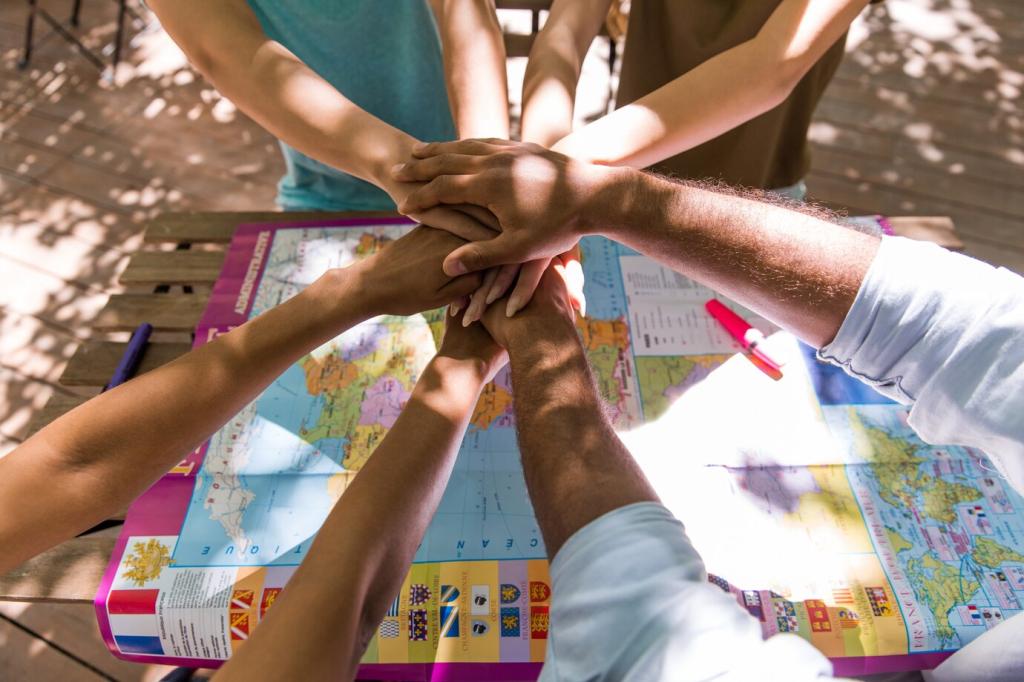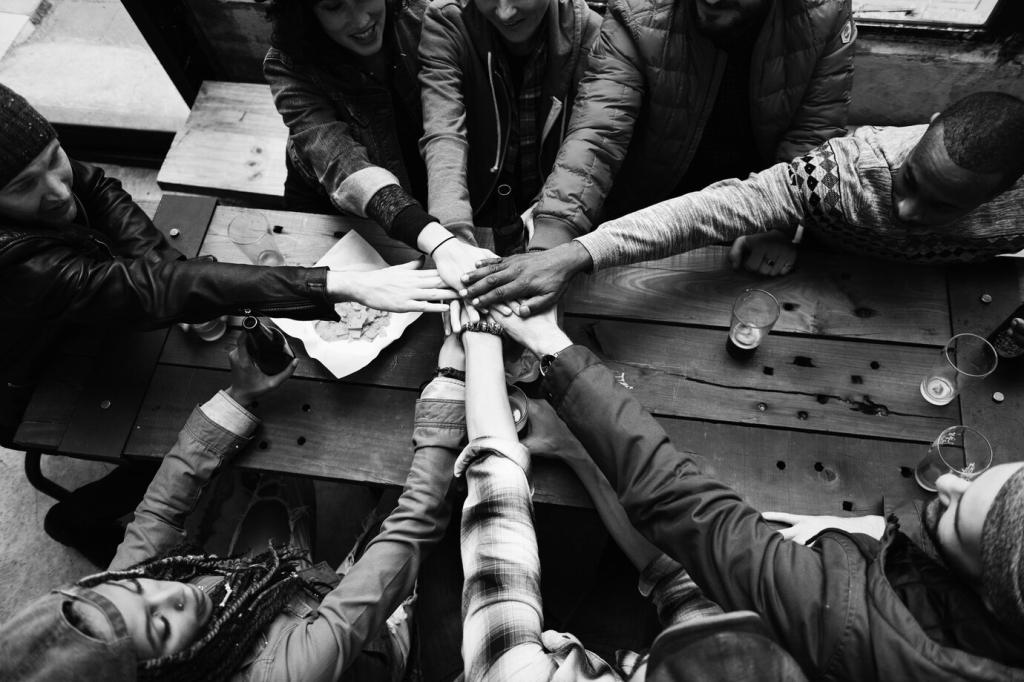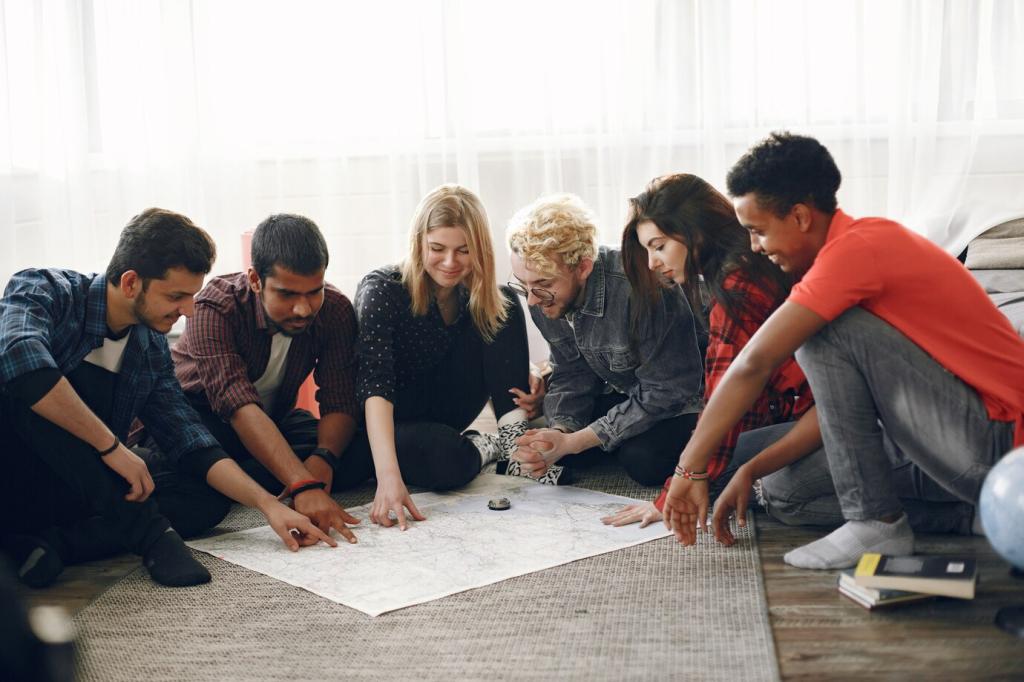Inclusive, Joyful Sessions for All Ages
Create a neighborhood nature bingo with squares like “three pollinators,” “one kind act,” and “a cool shade spot.” Kids learn to observe and care simultaneously, turning play into stewardship and bringing families back for the next session.
Inclusive, Joyful Sessions for All Ages
Offer roles that matter—data leads, storytellers, map makers. Teens can track storm drains, analyze shade equity, and post short videos explaining findings. Grassroots environmental education gives teens purpose while improving local decision-making.
Inclusive, Joyful Sessions for All Ages
Invite elders to share how the neighborhood has changed—lost trees, cooler porches, or migrating birds. Pair stories with a simple seed exchange. Blending memory with action strengthens belonging and transmits place-based wisdom to younger neighbors.
Inclusive, Joyful Sessions for All Ages
Lorem ipsum dolor sit amet, consectetur adipiscing elit. Ut elit tellus, luctus nec ullamcorper mattis, pulvinar dapibus leo.












